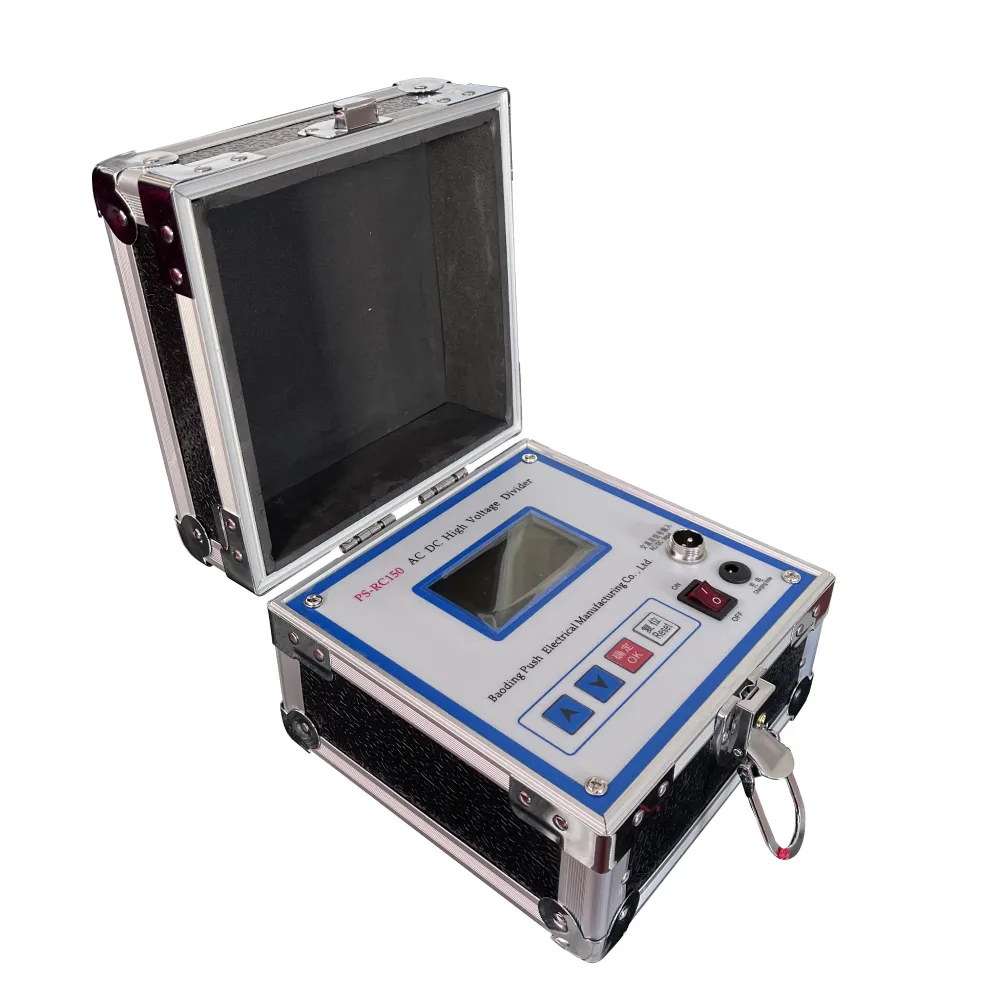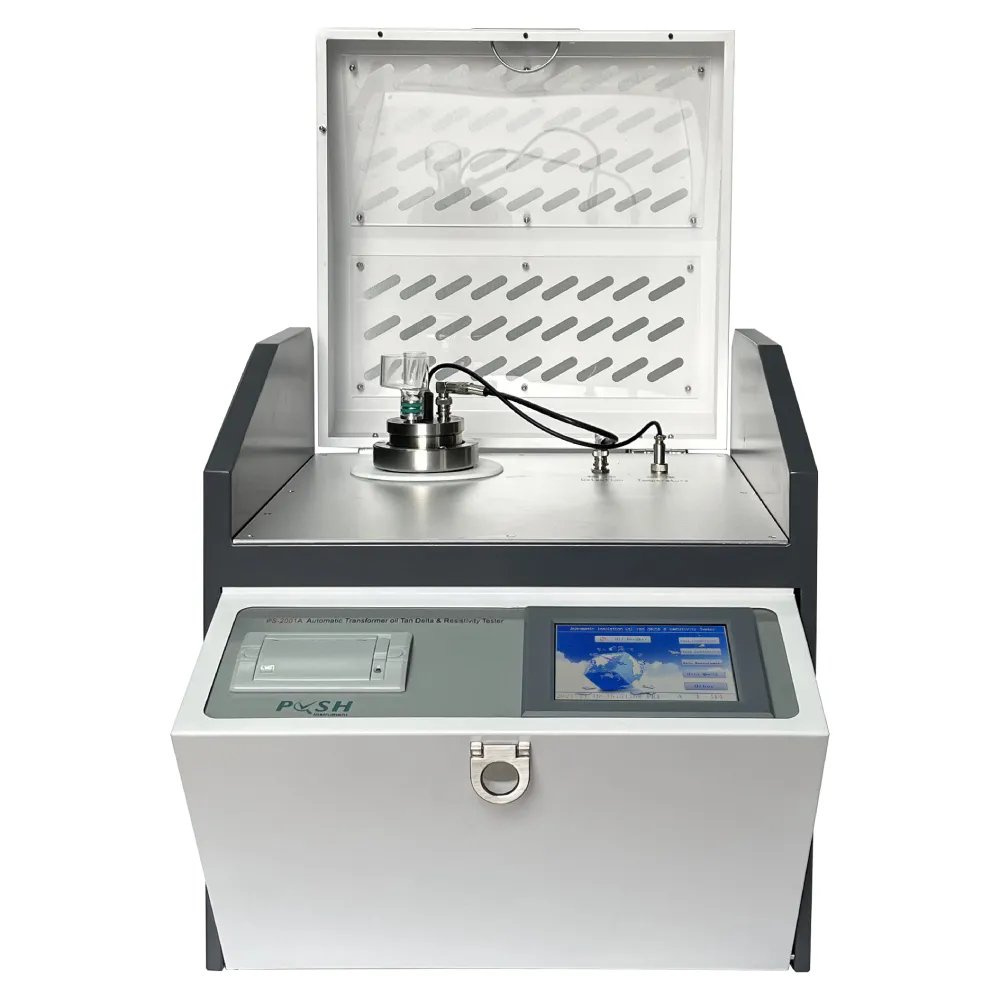TEL:
+86-0312-3189593
 English
English

Telephone:0312-3189593

Email:sales@oil-tester.com

-
 Afrikaans
Afrikaans -
 Albanian
Albanian -
 Amharic
Amharic -
 Arabic
Arabic -
 Armenian
Armenian -
 Azerbaijani
Azerbaijani -
 Basque
Basque -
 Belarusian
Belarusian -
 Bengali
Bengali -
 Bosnian
Bosnian -
 Bulgarian
Bulgarian -
 Catalan
Catalan -
 Cebuano
Cebuano -
 China
China -
 China (Taiwan)
China (Taiwan) -
 Corsican
Corsican -
 Croatian
Croatian -
 Czech
Czech -
 Danish
Danish -
 Dutch
Dutch -
 English
English -
 Esperanto
Esperanto -
 Estonian
Estonian -
 Finnish
Finnish -
 French
French -
 Frisian
Frisian -
 Galician
Galician -
 Georgian
Georgian -
 German
German -
 Greek
Greek -
 Gujarati
Gujarati -
 Haitian Creole
Haitian Creole -
 hausa
hausa -
 hawaiian
hawaiian -
 Hebrew
Hebrew -
 Hindi
Hindi -
 Miao
Miao -
 Hungarian
Hungarian -
 Icelandic
Icelandic -
 igbo
igbo -
 Indonesian
Indonesian -
 irish
irish -
 Italian
Italian -
 Japanese
Japanese -
 Javanese
Javanese -
 Kannada
Kannada -
 kazakh
kazakh -
 Khmer
Khmer -
 Rwandese
Rwandese -
 Korean
Korean -
 Kurdish
Kurdish -
 Kyrgyz
Kyrgyz -
 Lao
Lao -
 Latin
Latin -
 Latvian
Latvian -
 Lithuanian
Lithuanian -
 Luxembourgish
Luxembourgish -
 Macedonian
Macedonian -
 Malgashi
Malgashi -
 Malay
Malay -
 Malayalam
Malayalam -
 Maltese
Maltese -
 Maori
Maori -
 Marathi
Marathi -
 Mongolian
Mongolian -
 Myanmar
Myanmar -
 Nepali
Nepali -
 Norwegian
Norwegian -
 Norwegian
Norwegian -
 Occitan
Occitan -
 Pashto
Pashto -
 Persian
Persian -
 Polish
Polish -
 Portuguese
Portuguese -
 Punjabi
Punjabi -
 Romanian
Romanian -
 Russian
Russian -
 Samoan
Samoan -
 Scottish Gaelic
Scottish Gaelic -
 Serbian
Serbian -
 Sesotho
Sesotho -
 Shona
Shona -
 Sindhi
Sindhi -
 Sinhala
Sinhala -
 Slovak
Slovak -
 Slovenian
Slovenian -
 Somali
Somali -
 Spanish
Spanish -
 Sundanese
Sundanese -
 Swahili
Swahili -
 Swedish
Swedish -
 Tagalog
Tagalog -
 Tajik
Tajik -
 Tamil
Tamil -
 Tatar
Tatar -
 Telugu
Telugu -
 Thai
Thai -
 Turkish
Turkish -
 Turkmen
Turkmen -
 Ukrainian
Ukrainian -
 Urdu
Urdu -
 Uighur
Uighur -
 Uzbek
Uzbek -
 Vietnamese
Vietnamese -
 Welsh
Welsh -
 Bantu
Bantu -
 Yiddish
Yiddish -
 Yoruba
Yoruba -
 Zulu
Zulu
ફેબ્રુવારી . 03, 2025 04:25
Back to list
PS-1001 Oil breakdown voltage tester
In the realm of electrical engineering, the functionality and reliability of current transformers (CTs) are paramount for ensuring optimal performance and safety within power systems. A key diagnostic tool in evaluating CT performance is the current transformer saturation test. This test, crucial for both manufacturers and maintenance engineers, can provide insights into the operational readiness of CTs and prevent potentially catastrophic failures. Understanding and implementing this test with precision requires a mix of hands-on experience, technical expertise, authoritative knowledge, and an overarching sense of trustworthiness that reassures stakeholders of its effectiveness.
Authoritative resources underpin the saturation testing process, providing standardized guidelines that enable consistency and reliability across different testing scenarios. These guidelines, often articulated by industry bodies like the IEEE or IEC, offer benchmarks that professionals can rely on. Such standardized protocols ensure that CTs meet industry standards, bolstering trust among users, manufacturers, and clients. The authority of these guidelines lends credibility not only to the testing process but also to the results derived from it, instilling confidence that only well-performing CTs are deployed in the field. From a trustworthiness perspective, transparency in the testing process is vital. Documenting each phase of the saturation test, substantiating findings with raw and processed data, and transparently communicating results fosters an environment of trust. This becomes particularly important when CT performance is linked to critical infrastructure systems, where inaccurate readings could lead to service interruptions or more severe industrial accidents. In terms of product application, the benefits of a thorough current transformer saturation test extend beyond the immediate sphere of power system management. With the rapid integration of smart grids and IoT-based monitoring systems, ensuring CT accuracy under all operational conditions is fundamental to technological advancement. Insights gained from saturation testing contribute significantly to product development, enhancement in design, and innovation, placing manufacturers at the forefront of industry advancements. In conclusion, the current transformer saturation test is an indispensable tool in the toolkit of electrical engineers and product developers. By combining real-world experience, comprehensive technical expertise, adherence to authoritative standards, and a commitment to transparency, professionals can assure the reliability and safety of electrical systems. As power systems continue to evolve, staying informed and adept in these essential testing techniques is not just beneficial but necessary for fostering innovation and protecting critical infrastructure.


Authoritative resources underpin the saturation testing process, providing standardized guidelines that enable consistency and reliability across different testing scenarios. These guidelines, often articulated by industry bodies like the IEEE or IEC, offer benchmarks that professionals can rely on. Such standardized protocols ensure that CTs meet industry standards, bolstering trust among users, manufacturers, and clients. The authority of these guidelines lends credibility not only to the testing process but also to the results derived from it, instilling confidence that only well-performing CTs are deployed in the field. From a trustworthiness perspective, transparency in the testing process is vital. Documenting each phase of the saturation test, substantiating findings with raw and processed data, and transparently communicating results fosters an environment of trust. This becomes particularly important when CT performance is linked to critical infrastructure systems, where inaccurate readings could lead to service interruptions or more severe industrial accidents. In terms of product application, the benefits of a thorough current transformer saturation test extend beyond the immediate sphere of power system management. With the rapid integration of smart grids and IoT-based monitoring systems, ensuring CT accuracy under all operational conditions is fundamental to technological advancement. Insights gained from saturation testing contribute significantly to product development, enhancement in design, and innovation, placing manufacturers at the forefront of industry advancements. In conclusion, the current transformer saturation test is an indispensable tool in the toolkit of electrical engineers and product developers. By combining real-world experience, comprehensive technical expertise, adherence to authoritative standards, and a commitment to transparency, professionals can assure the reliability and safety of electrical systems. As power systems continue to evolve, staying informed and adept in these essential testing techniques is not just beneficial but necessary for fostering innovation and protecting critical infrastructure.
Latest news
-
Using Distillation Range Testers in the Food and Beverage IndustryNewsApr.16,2025
-
The Impact of IoT on Distillation Range Tester PerformanceNewsApr.16,2025
-
The Best Distillation Range Testers for Extreme ConditionsNewsApr.16,2025
-
How Distillation Range Testers Save Time and MoneyNewsApr.16,2025
-
Distillation Devices for Advanced Separation TechniquesNewsApr.16,2025
-
Common Mistakes to Avoid When Using a Distillation Range TesterNewsApr.16,2025



